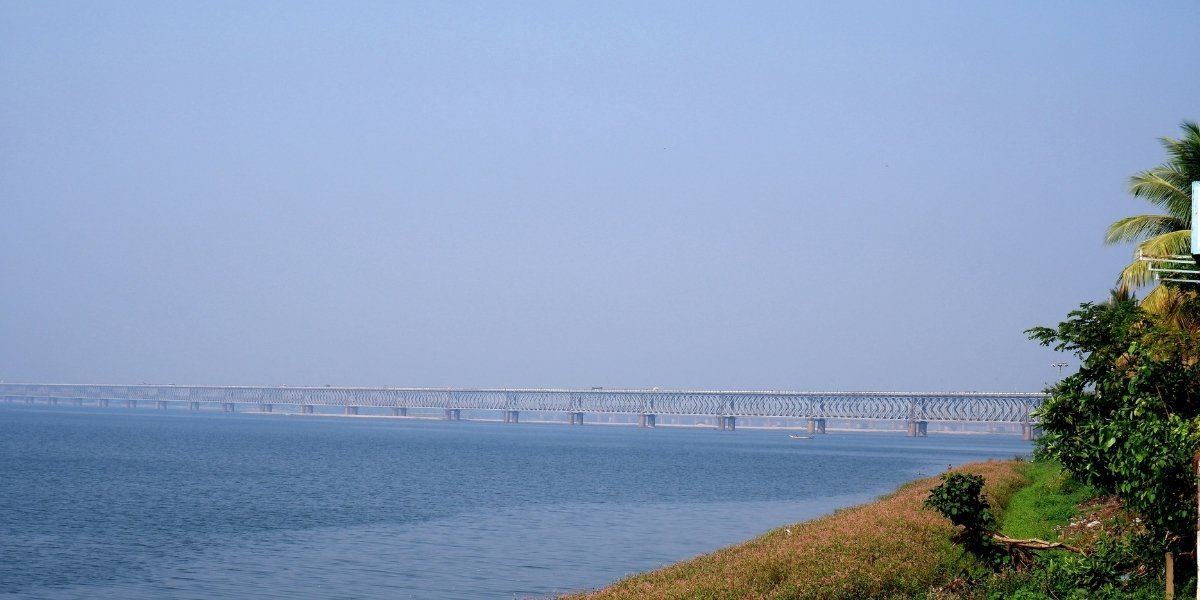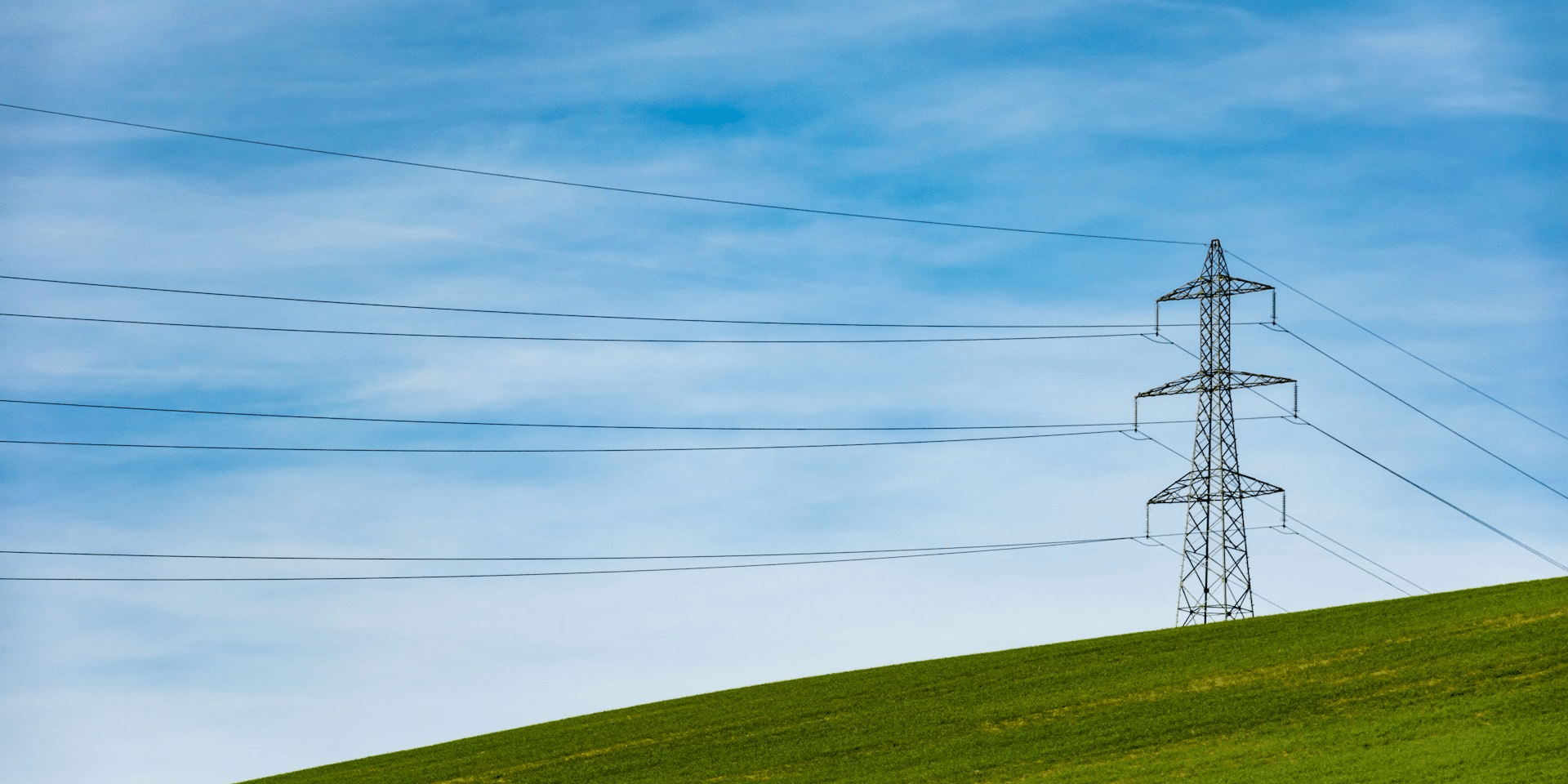
How Gold and Oil Prices Shape the World Economy
Gold and oil prices don’t just wiggle charts—they steer the world economy and set the tone for Wall Street risk. When these benchmarks move, inflation expectations, real yields, and currency flows shift with them. That cascade hits consumer demand, corporate margins, and eventually equity multiples. For




















